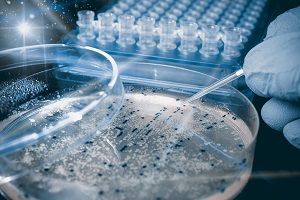Texas University researchers used CRISPR to correct the mutation due to Duchenne's dystrophy. For the time being they have performed on human cardiomyocytes and on animal models. Both cultured cell cultures and cavities recovered part of their functions. This demonstrates the potential of CRISPR for the development of new treatments, as well as for the prevention of diseases.
A 2014 study by the same authors used CRISPR-Cas9 to correct mice in a key gene for the disease. In the present study they applied a similar strategy, but using CRISPR-Cpf1. The latter is simpler and allows you to correct mutations that are not reachable before. In this way you will be able to act on a broad spectrum of issues with better results.
The team converted the fibroblasts of patients with Duchenne into pluripotent stem cells induced. It then deleted the mutations linked to the production of dystrophin, a key protein in the development of the disease. Subsequently, they developed RNA guidance that could restore the correct protein functions. They also induced a cellular respiration rate closer to that of a healthy heart.
For the in vivo part of the tests, the researchers injected the Cpf1 endonucleases together with the RNA guide and a single strand of a DNA sequence. In this way they facilitated homologous recombination, thus correcting the mutation in mice zygotes. They then implanted the zygotes in some "surrogate mothers" and on 24 puppies 5 they had the correct version of the gene.
Source: the-scientist.com
Add a comment





